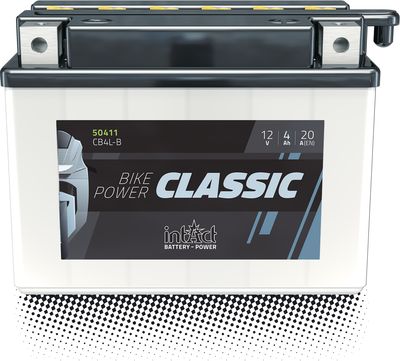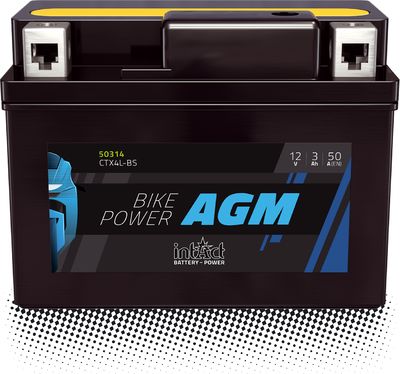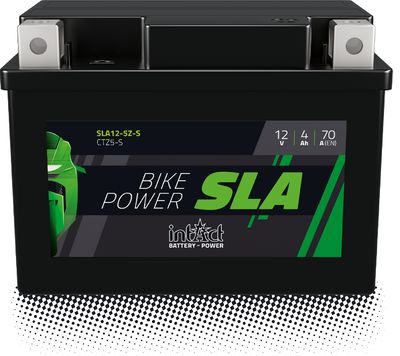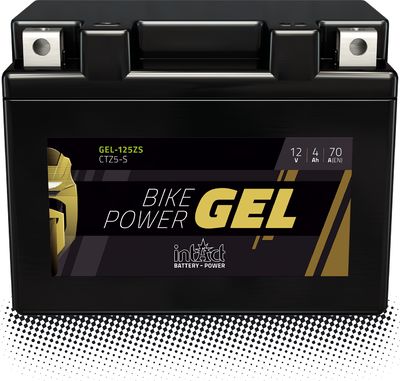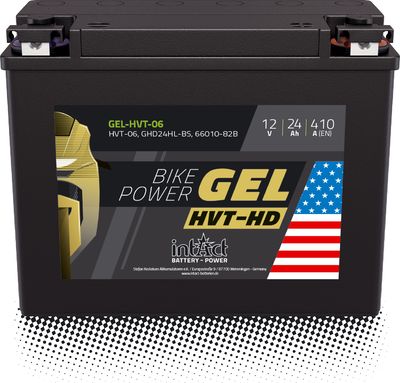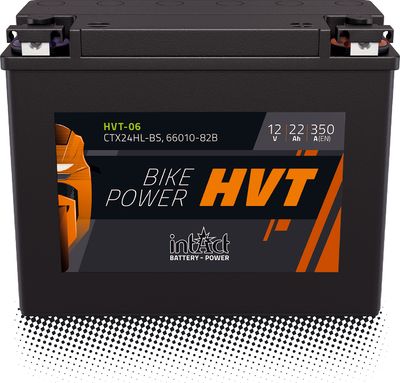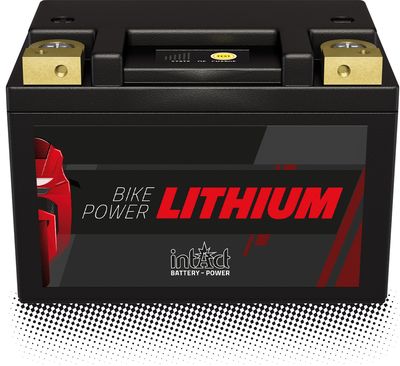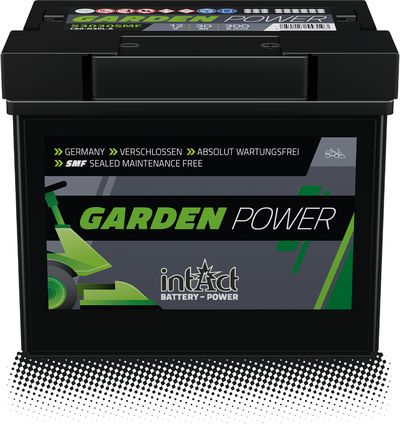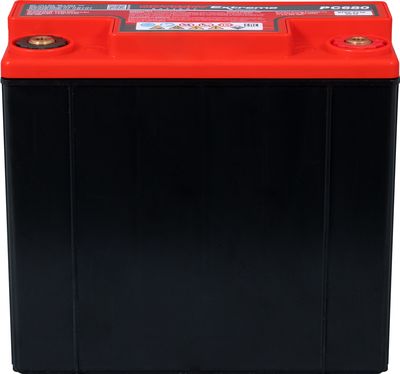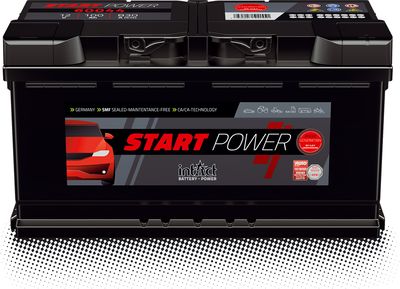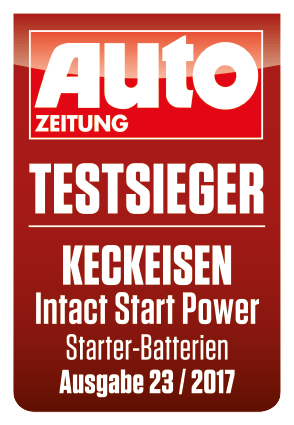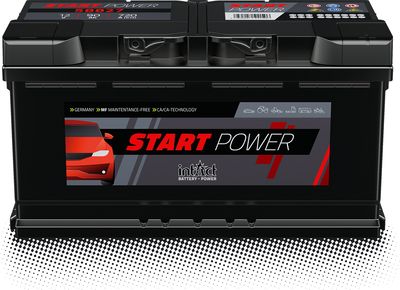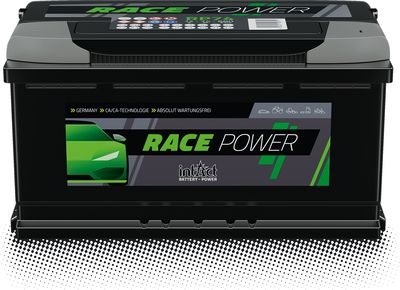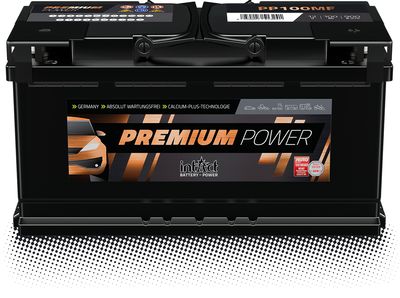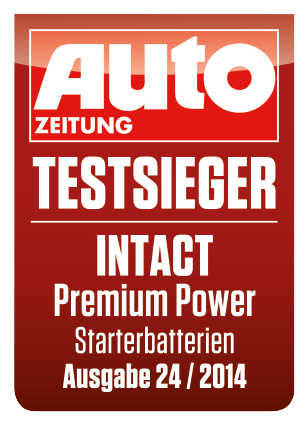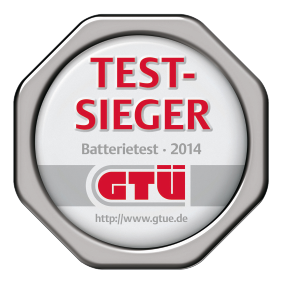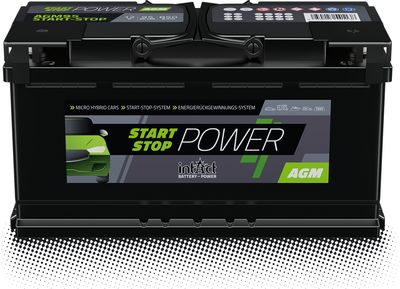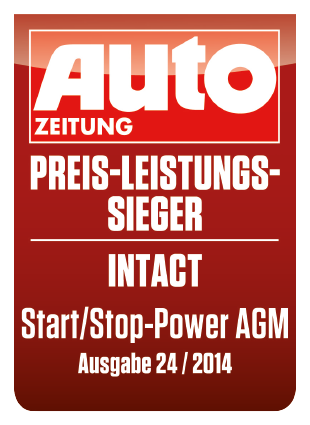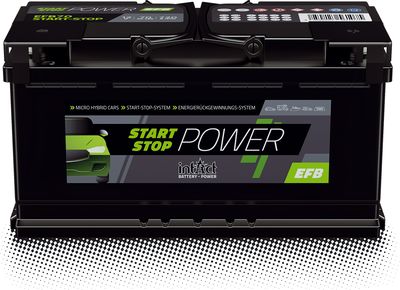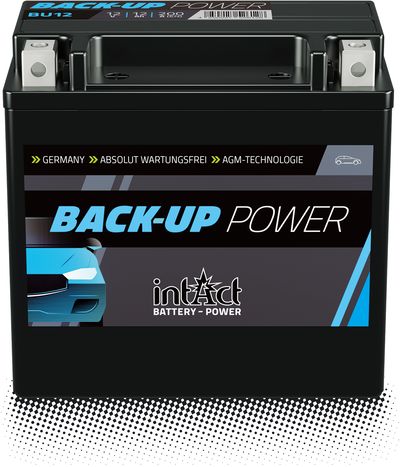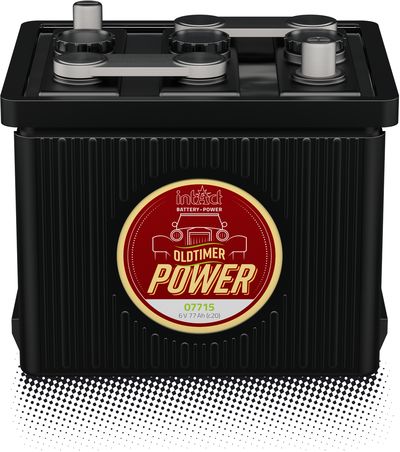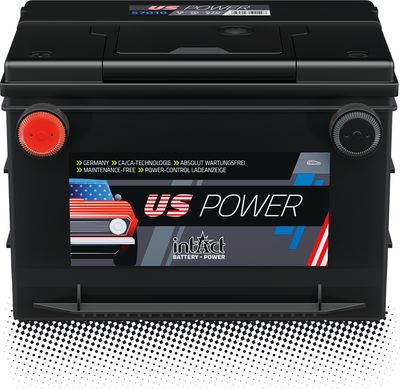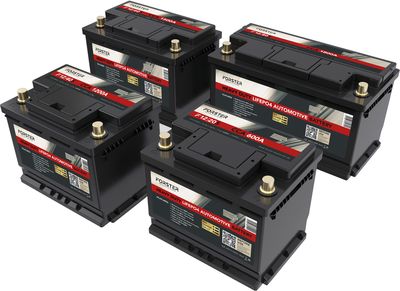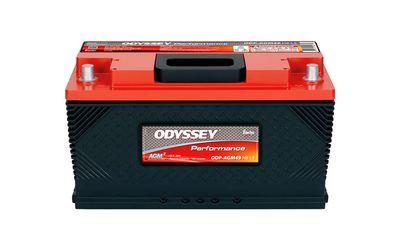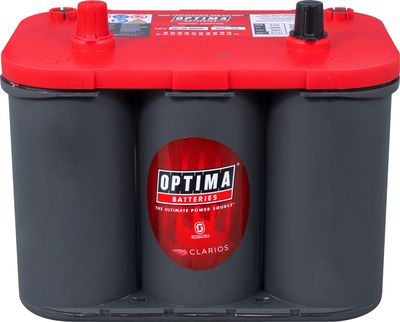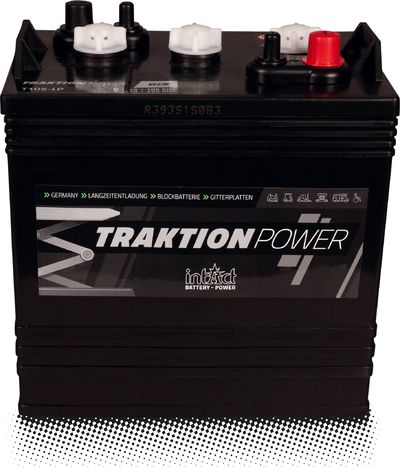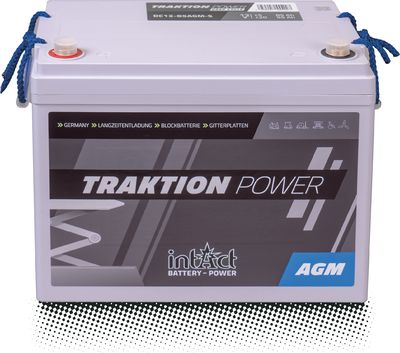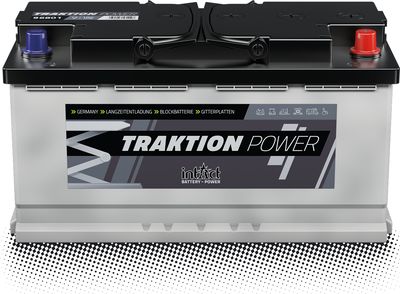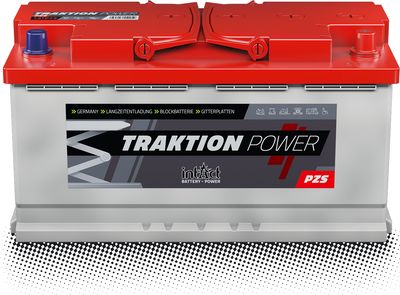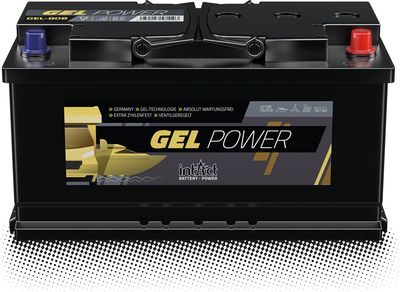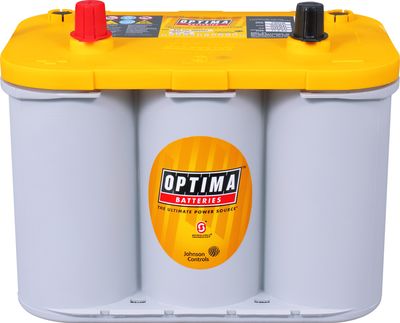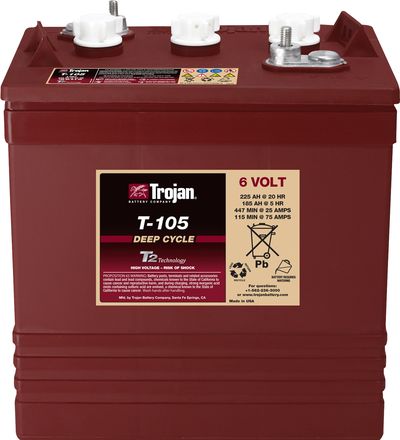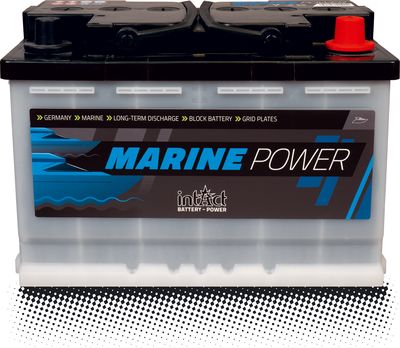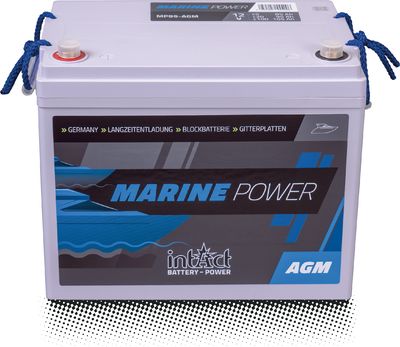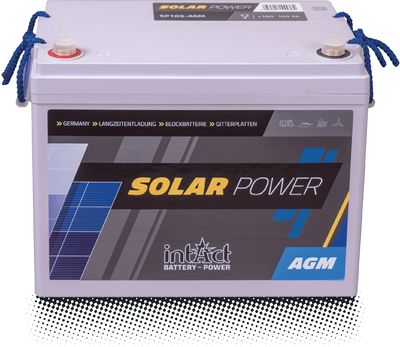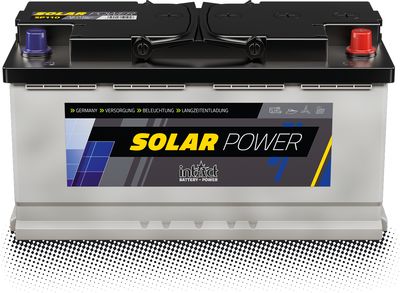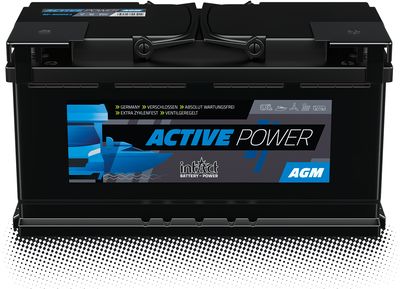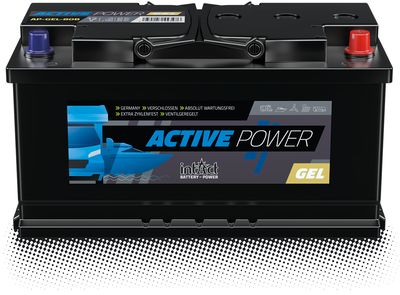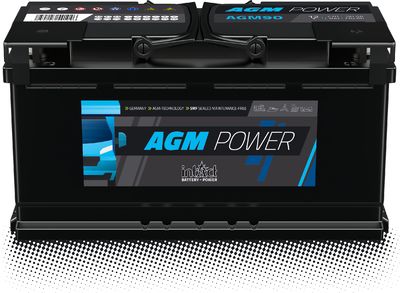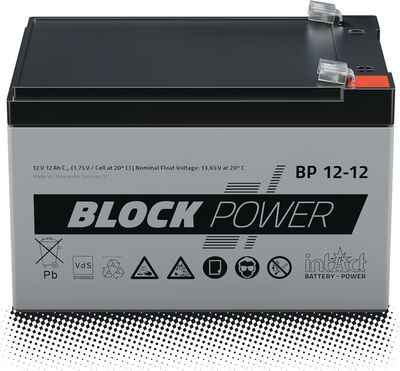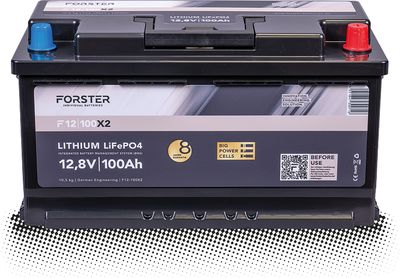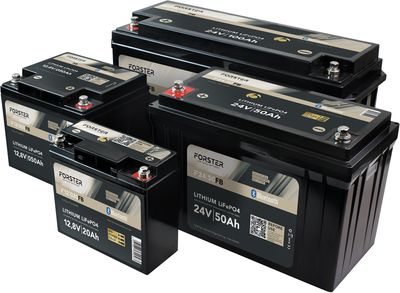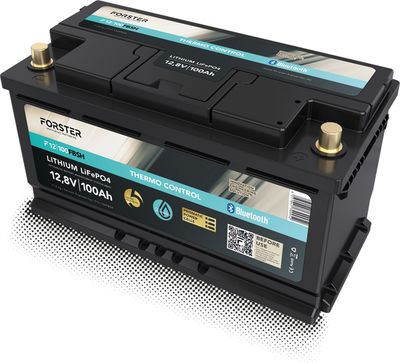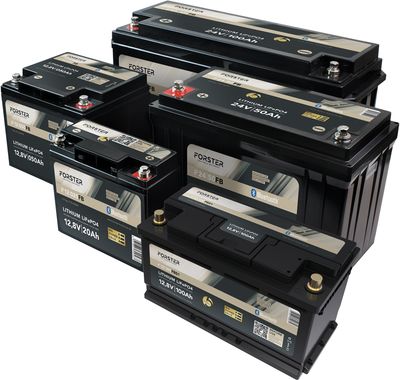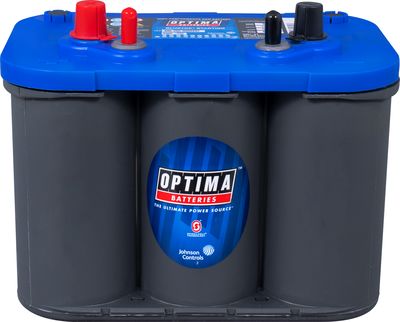Depending on the type, this battery is low-maintenance or maintenance-free.
Low maintenance version - TV types
Low-maintenance batteries can be recognised by the removable sealing plugs on the top, the vent hose and the white or transparent housing. In …
For plugs: Simply open them and look inside.
Low maintenance batteries have a distinct advantage: if something is wrong, you can open them and look inside. What you see will give you some clues.
Warning: You can tell if the battery can be opened by the individual plugs on the top. Often these lead-acid …
Check battery externally before charging
If the battery box is damaged or deformed, replace the battery.
Clean dirty terminals with a wire brush.
Remove oils, fluids or other deposits.
For batteries with plugs, check fluid level and refill to MAX with distilled water if necessary.
AGM or GEL drive batteries
Drive batteries in AGM or GEL technology are sealed, absolutely maintenance-free, leak-proof batteries in a closed design with a fixed electrolyte (in fleece or gel). Both are suitable for medium to heavy cyclic use, for example in cleaning machines, …
Fluid evaporates in batteries during the chemical reaction to generate electricity, more so in a wet battery than in an AGM or GEL battery where the acid is fixed in non-woven or as GEL respectively. Unlike these sealed batteries, the vapor in the sealed …
Ideally, batteries should be kept dry. Even slight moisture can promote leakage currents.
If you've noticed condensation on your battery frequently in the past, such as with temperature fluctuations, or water can get to your battery, it's worth considering …
Before the winter or summer break, it is best to remove the battery or at least disconnect it and store it in a cool (ideally at 10 to 15 °C) and dry place. Charge every 4 to 6 weeks for 24 to 48 hours with a suitable charger.
Check the state of charge …
What types of supply batteries are there?
In order to withstand the stress of cyclic operation for a long time without an excessive drop in performance, the active material in supply batteries is particularly well protected.
Depending on the technology used, this is done in different ways:
In …
Causal research for better purchasing decisions
Batteries age and fail. Sometimes it happens faster than you planned.
If you know the cause of premature aging, you have a chance to make a more appropriate choice now: A battery that fits your technical requirements, intended use, and individual habits …
Safety instructions for handling acid
Battery acid consists partly of sulphuric acid, which is highly corrosive. It attacks your skin, textiles and even metal.
Put on protective clothing! So always wear gloves, safety glasses and possibly an acid-proof apron when handling batteries.
Choose …
